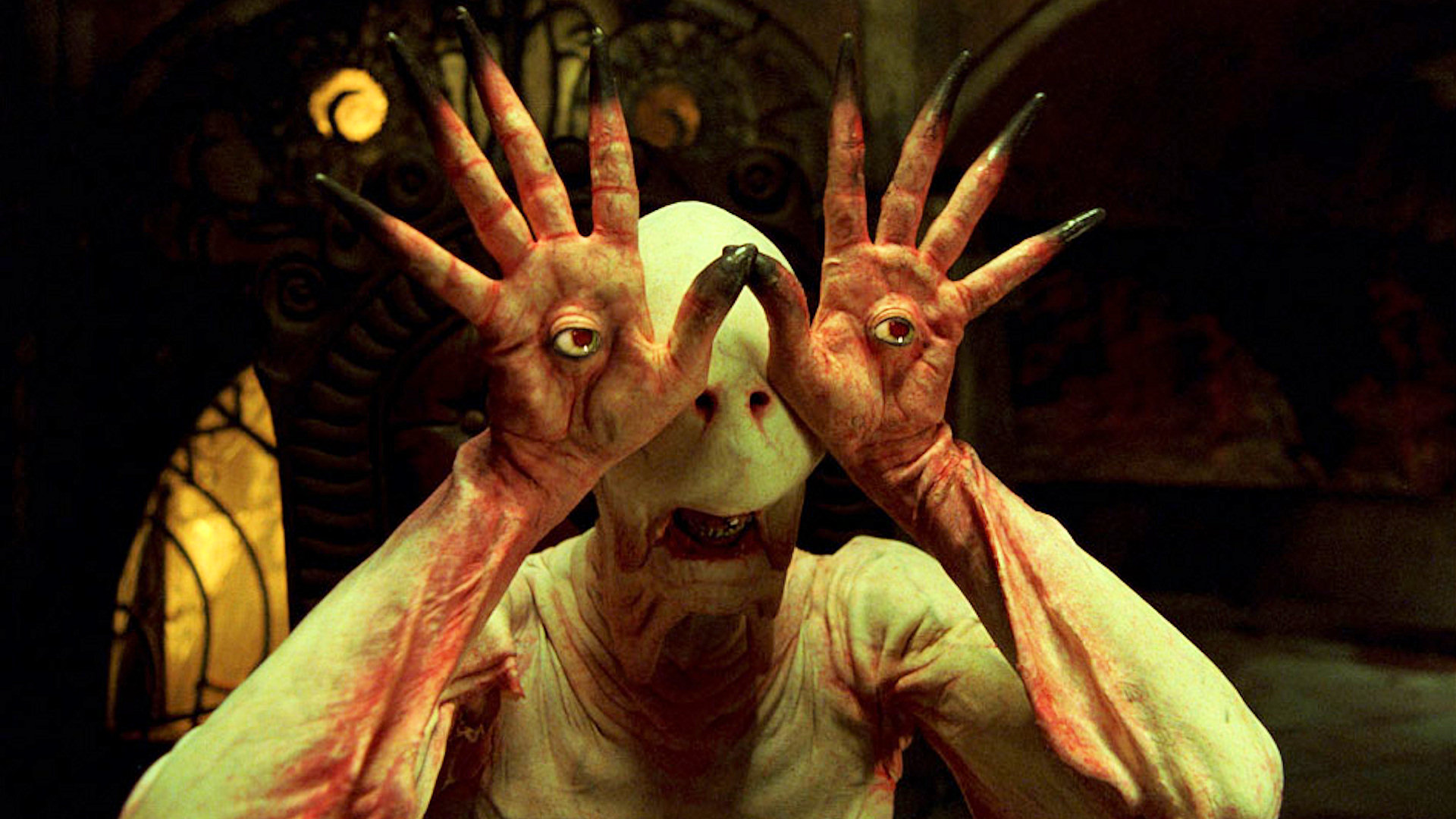Writing The Western Update I: Act I Complete!
I'm happy to report that I've made some progress on writing The Western. On 9/7/11, I had a nice long stretch of free time, and was able to get through 10 pages. This is a good day's output for me- an important scene might take several hours, but only two or three pages. Unfortunately, the rest of the week was lost to work and general business, but I plan on getting more done this week. Ideally, I'd be writing a little bit every day or every other day at least- it's easier to keep going if you have some momentum. In the past, I'd get a lot of work done in the summer, but slack off once the school year started and I lost the momentum I had going.
There's one other important milestone in these first ten pages- they cover the entire first act of the script. Those of you who have consulted with any number of screenwriting books or screenwriting professors might be confused. Doesn't Act I go until about page 25-30?
Yes, that's true for a screenplay divided up into three acts. I'm being a bit unconventional and using five acts. I'm sure there are people who will disagree with me, but I see screenplay structure as a matter of personal preference. I've used three acts before, but I don't find it as useful as five acts.
The problem I see with three acts is with Act II, a monster stretch of about 60 pages, where just about anything can happen in the story, and anything can go wrong. Whatever happens, the story somehow has to find its way back to a major turning point around page 90-95, setting up the resolution in Act III. The five-act structure I use is a way to break up the middle of the story into more managable pieces.
I'll talk more about the different acts as I get to them. Act I of V is usually about setting up the world of the story before the main plot starts. It's the "normal" world of the protagonist that is thrown into disarray by the main conflict. Act I of III covers this as well, except it ends after the main conflict is introduced. Act I of V ends just before the conflict starts, so it can be introduced in Act II of V.
Consider Romeo and Juliet: Act I introduces us to the feud between the families, and the two leads separately. They don't meet and fall in love, the main plot of the play, until Act II.
In The Western, Act I is a fairly self-contained sequence, including an opening shoot-out to get people's attention quickly. We meet one of three major characters, and several minor ones, and get a sense of the small town where the story takes place.
I say the choice between Three or Five Act structure is a matter of personal preference because stories and writers are different and work different ways. You can break things up other ways, if you'd like, too.
Three Acts may work fine for the many movies, but certainly for longer films, like, say The Fellowship of the Ring, breaking it up into only three sections is kind of silly. For one thing, going by the proportions used for shorter movies, Act II would scale up to being 90 pages long- its own 90-minute feature, and wanting its own three acts within it.
Of course, The Powers That Be have decided three acts is the way to go, and if you tell a studio exec that your Act I is only 10 pages long, he'll say you'll never work in this town again. So it's useful to be able to translate between the two to avoid any confusion.
Stay tuned for more updates!

